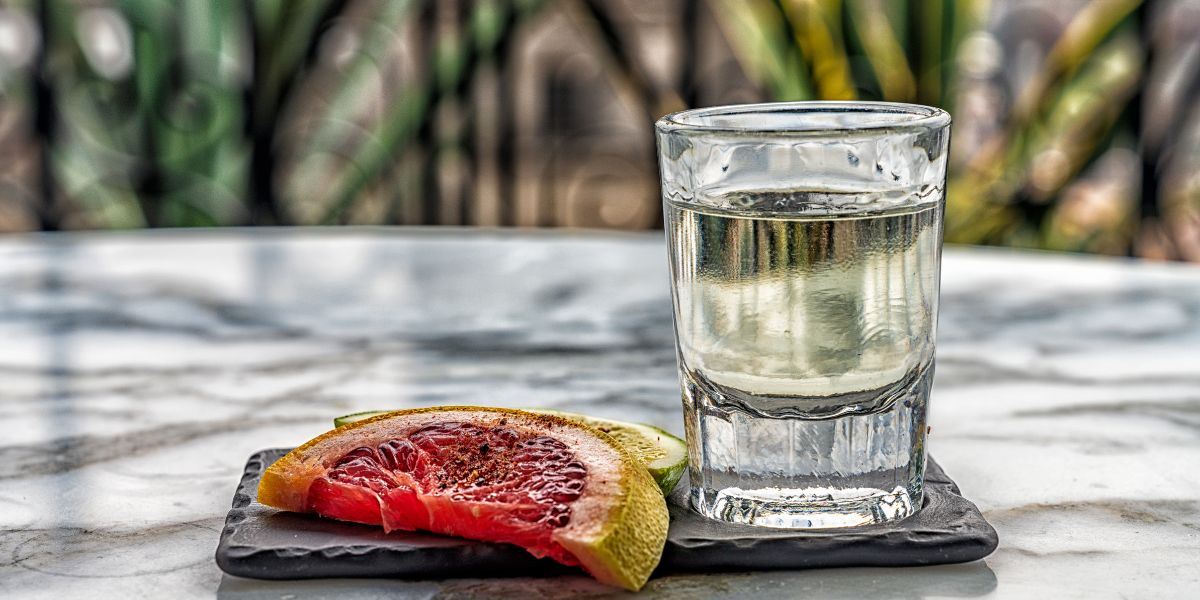Move over tequila: mezcal is on the rise. Although this agave-based spirit has long been a sipper of choice in Mexico, it has become increasingly popular in North America and Europe, with a predicted compound annual growth rate of 22.6% between now and 2031. In other words, if you’re a fan of spirits and haven’t yet been acquainted with mezcal, that’s likely to change soon.
But what, exactly, is mezcal all about? To find out more, we asked Carlos Ochoa, Chief Operating Officer at Mezcal El Silencio, for the inside scoop. Here’s what we learned.
- Guide to Mezcal
- What's the difference between mezcal and tequila?
- How is mezcal made?
- How are you supposed to drink Mezcal?
- Are there different types or varieties of mezcal?
- How can you tell if a mezcal is good quality?
- What are some of the most popular mezcal brands to try?
- Does mezcal usually have a worm in the bottle?
- More Frequently Asked Questions about Mezcal
Guide to Mezcal
What’s the difference between mezcal and tequila?
There’s a lot of confusion about the differences between tequila and mezcal. The simple distinguishing factors are that tequila can only be made from a cultivar of blue agave (Agave tequilana) known as Weber Azul, and to bear the “tequila” appellation, it must be produced in the Mexican state of Jalisco or a handful of other spots in neighboring states.
RECOMMENDED: Read our Detailed Guide to Tequila, Production and Buyer Recommendations
Mezcal, conversely, is not as geographically restricted and can be made from dozens of different types of agave. That said, to be legally called mezcal per Mexico’s regulatory authority—the Consejo Regulador del Mezcal or (CRM)—the mezcal must come from one of nine states. Of course, there are plenty of beverages produced elsewhere that are, for all intents and purposes, mezcal, despite not being allowed to use the name.
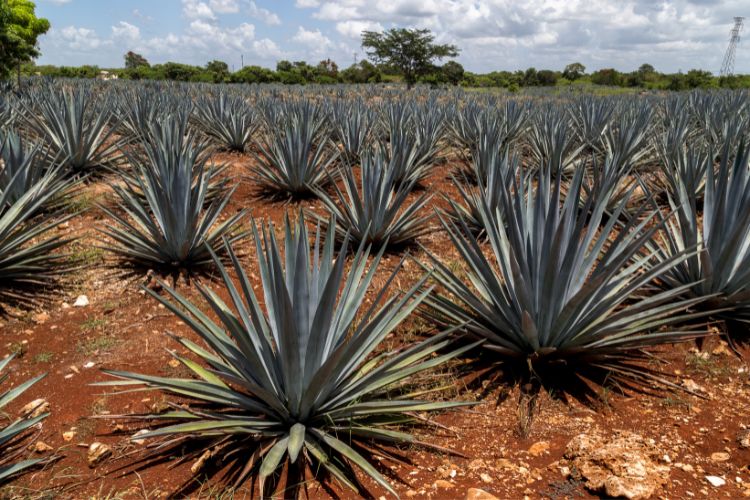
The methods of production are also different. Tequila “uses a process that involves steaming the agave plant in large ovens before fermenting and distilling it,” Ochoa explains. Traditionally produced mezcal is made a little differently. “With mezcal, the agave plant is typically roasted in pits, giving it the famous bold and smoky flavor it’s known for. Mezcal is also distilled in much smaller batches than tequila, which can result in a variety of different flavors and a more complex taste profile.”
RELATED: The World’s Best Destinations to Sample Different Kinds of Liquor
How is mezcal made?
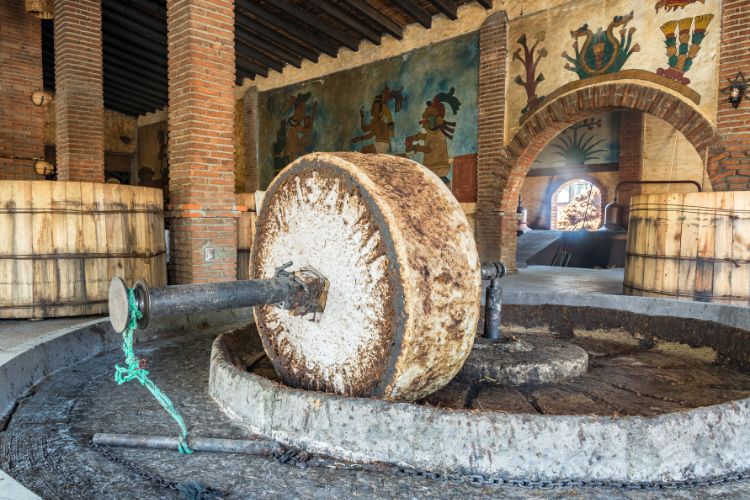
“Mezcal boasts a centuries-old artisanal process that represents a deep respect, sense of honor and tradition attached to generationally owned family businesses,” says Ochoa. The agave hearts, called piñas, are placed in an underground pit kiln that’s heated with encino oak and mesquite wood, both of which are found in the Oaxaca area. After the piñas are roasted for four to six days, they are put in stone pits and crushed into a pulp with a stone wheel known as a tahona. This pulp is then transferred into vats, where it’s fermented in open air and then double distilled.
How are you supposed to drink Mezcal?
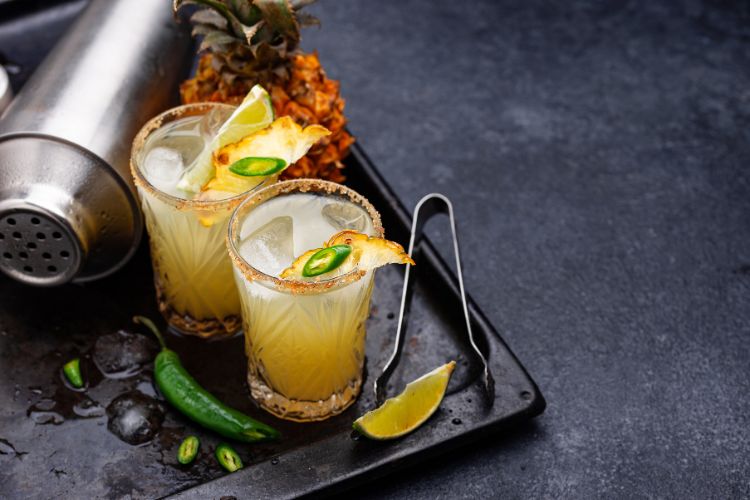
While mezcal is traditionally sipped neat, there’s no reason to be a purist about it. “Anyone that tells you mezcal should only be consumed a certain way has never had a Mezcal Bloody Mary or a Mezcal Margarita,” Ochoa says. “…something that we try to do at El Silencio is to make this spirit non-intimidating,” he continues. “Yes, always drink with respect. Mezcal took years to produce, but you do not need to be pigeonholed into believing it should be drunk just one way and that is it.”
Are there different types or varieties of mezcal?
Under the CRM’s rules, mezcal can be classed into one of three categories: mezcal, artisanal mezcal, and ancestral mezcal. Regular mezcal is oftentimes mass produced, using quicker, non-traditional practices to create large batches of the spirit in a timely manner. Artisanal mezcal, conversely, relies on more traditional methods, but often with the aid of modern machinery. Mezcal produced using traditional methods alone can use the “ancestral” label.
Mezcal also has different classes based on how long it is aged and whether it has any additives. Reposado (rested) refers to mezcal that’s aged for two months to a year, that aged more than 12 months is called añejo (old). Mezcal that’s not aged at all is called either blanco (white) or joven (young).
Of course, the type of agave used can also influence how a mezcal turns out. “Espadin is one of the most commonly used agave varieties,” Ochoa points out. “It offers an earthy aroma, carries a rich smokiness, and delivers a floral, fruity and charred finish.” There are also lesser known types of agave that can lead to fantastic results. “Luis Hernandez, our master chemist, is always playing with rare agaves like Tobala, Jabali, or Tepextate,” says Ochoa.
How can you tell if a mezcal is good quality?
Buying a good bottle of something you’re unfamiliar with can be daunting, but doing a bit of research can help you ensure you’re getting a good bottle. “The most important thing to consider when choosing a mezcal is how the spirit was made,” advises Ochoa. “To make an informed decision, I always recommend taking the time to do some research into a brand’s production processes and how they work with their partners throughout the supply chain.”
What are some of the most popular mezcal brands to try?
Del Maguey
Del Maguey offers a range of artisanal, single-village mezcals made using traditional methods. Their Vida and Chichicapa expressions are particularly well-known.
Montelobos
Montelobos is known for its balanced and approachable mezcals, with a focus on sustainable and organic agave farming.
El Silencio
As we’ve discussed here, El Silencio produces a range of mezcals, including their signature Espadín and a blend called Ensemble.
Ilegal Mezcal
Ilegal Mezcal offers a range of expressions, from the more approachable Joven to the aged Añejo. They are known for their smooth and approachable flavor profiles.
Mezcal Vago
Mezcal Vago works with several master mezcaleros to produce small-batch mezcals from different agave species, each with its unique flavor profile.
Alipús
Alipús is a collection of artisanal mezcals sourced from different regions in Oaxaca, Mexico. Each expression represents the unique terroir and mezcal-making traditions of the specific region.
Rey Campero
Rey Campero is known for using wild agave species to create their mezcals, resulting in distinct and complex flavor profiles.
Dos Hombres
Dos Hombres, founded by ‘Breaking Bad’ actors Bryan Cranston and Aaron Paul, is a popular mezcal brand offering a unique spirit crafted from Espadín agave. Their artisanal mezcal, produced in San Luis del Rio, Oaxaca, stands out with its smooth, complex flavor profile, a result of traditional, sustainable practices and a commitment to quality.
Does mezcal usually have a worm in the bottle?
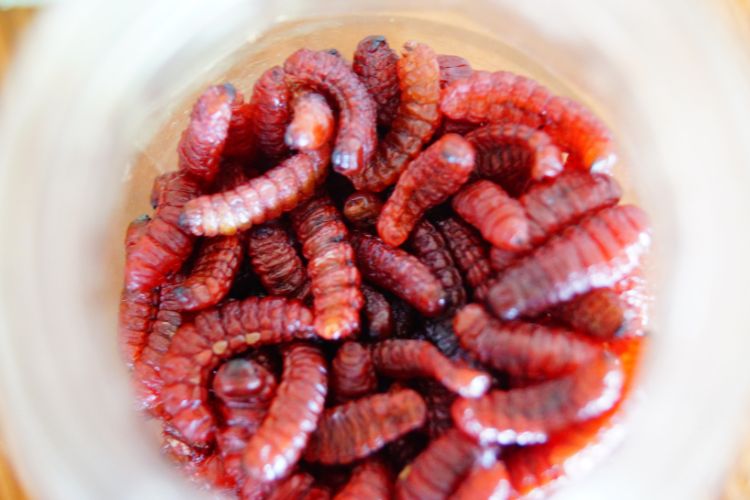
Repulsed by the idea of drinking from a bottle with a worm in it? Don’t fret: creepy crawlies are not traditionally part of the mezcal experience. “The practice of adding the worm to the bottle has no effect on the flavor of the mezcal and is purely for marketing purposes,” says Ochoa. In fact, it wasn’t until the 1940s that so-called tequila worms (which are actually not worms at all, but the larvae of agave redworm moths), began making an appearance in mezcal bottles. Fortunately, producers of high-quality mezcal eschew the controversial practice.
